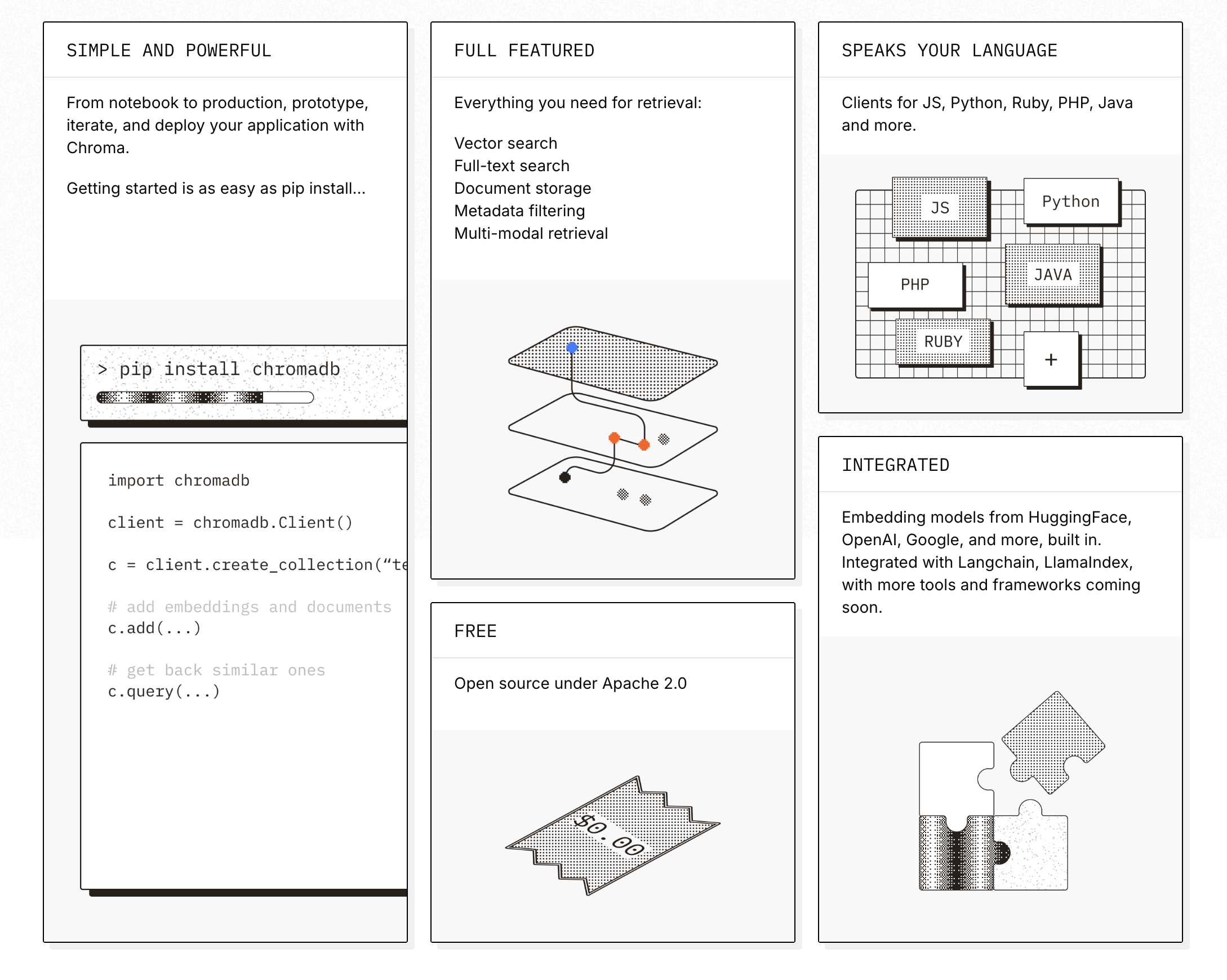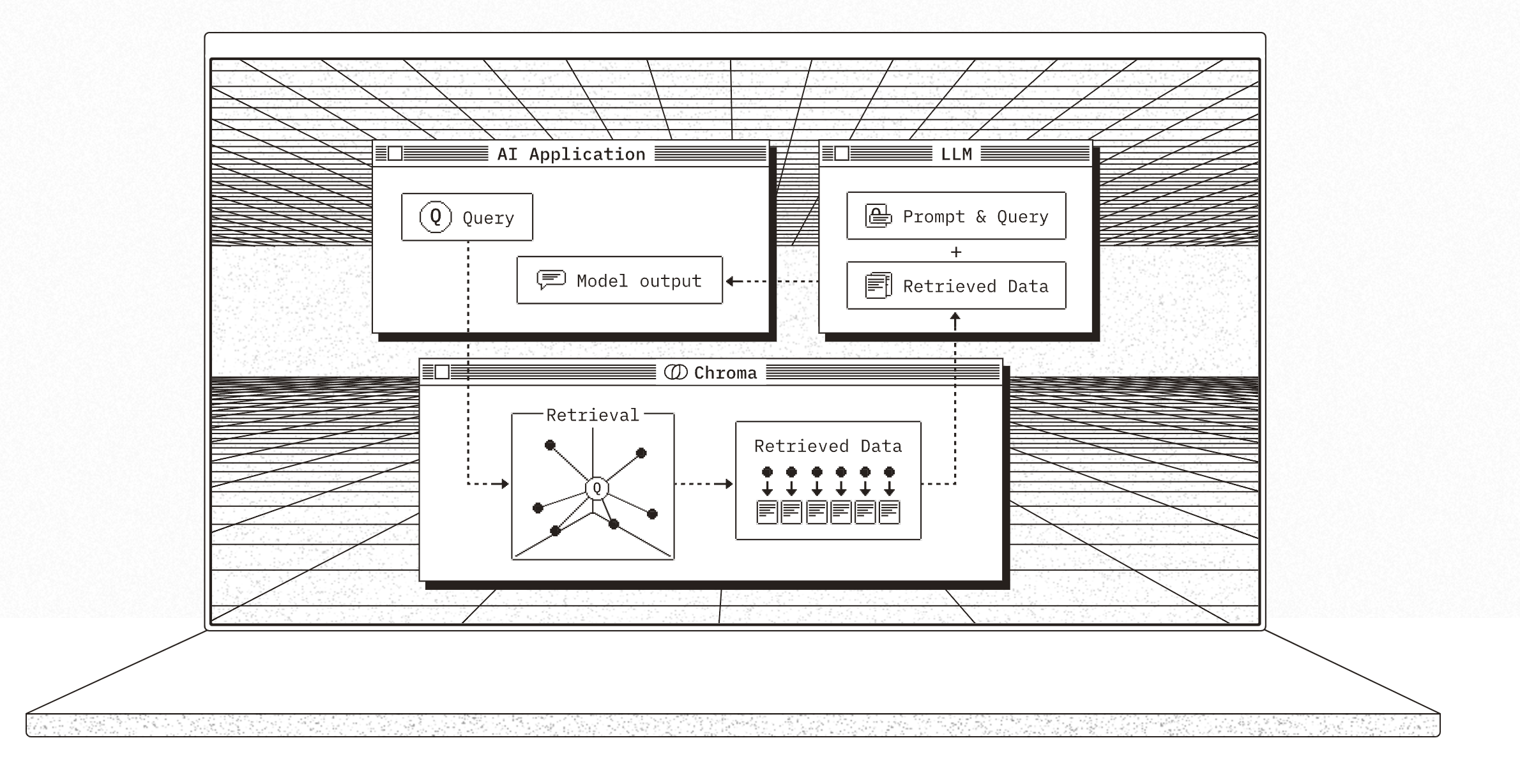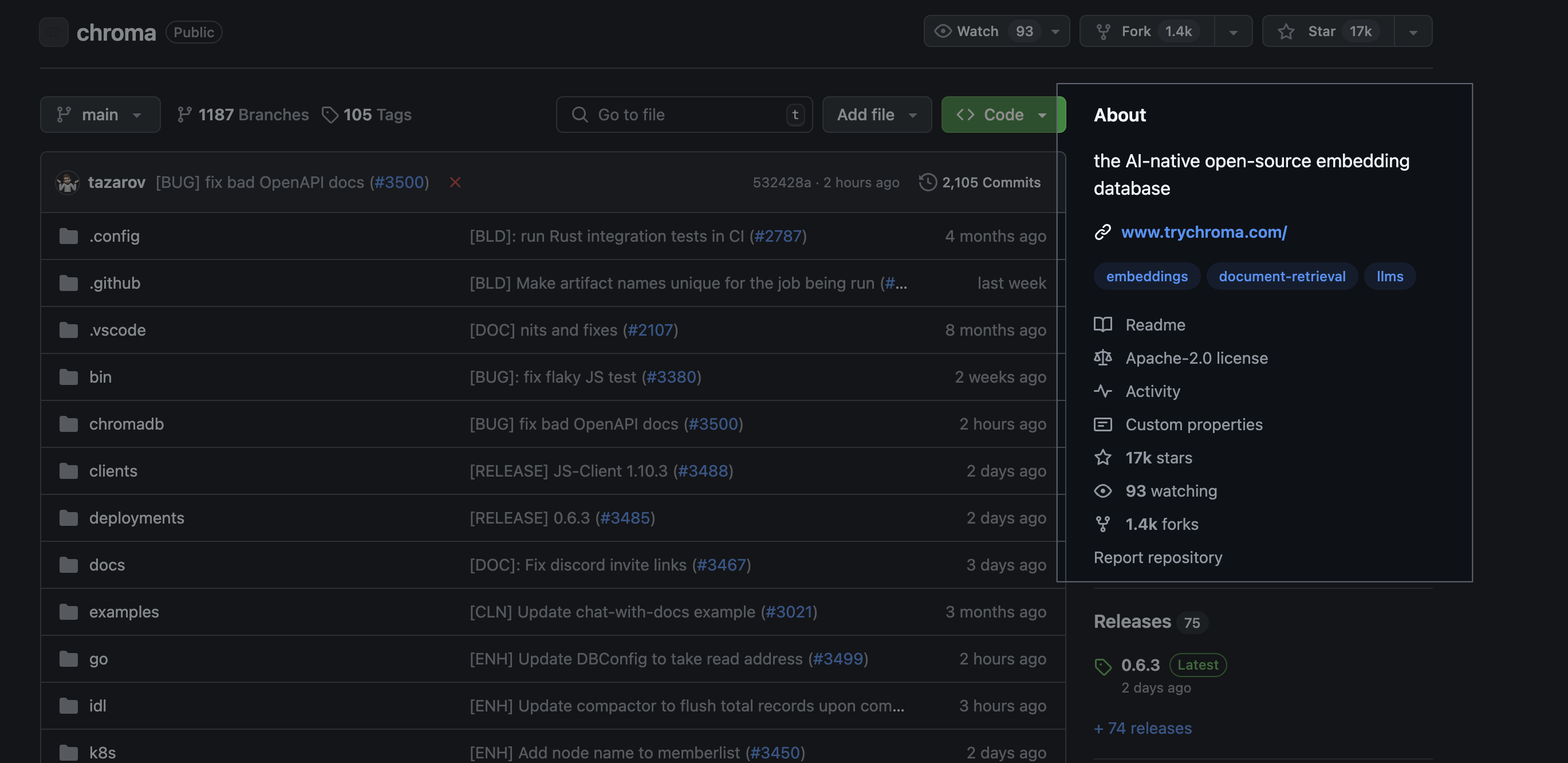Welcome back to Neural Notebook! Today, we're diving into the world of Chroma, the open-source vector database that's orchestrating a revolution in AI scalability. If you're curious about how AI can remember and learn more efficiently, you're in the right place.
If you're enjoying our content, consider subscribing to stay updated on the latest in AI and machine learning. Here are some of our recent features:
🎵 What is Chroma and Why Does It Matter?
Chroma is not just any database; it's an AI-native open-source vector database designed to handle the complex needs of AI applications. Think of it as the maestro conducting an orchestra of data, ensuring every token & chunk is perfectly stored and accessible.
Why is this important? In the world of AI, where data is the lifeblood, having a system that can efficiently store, retrieve, and process vast amounts of information is crucial. Chroma's programmable memory and distributed architecture make it a key player in building scalable AI solutions, allowing applications to handle more data without missing a beat.
🧠 Brain Behind Chroma: Programmable Memory
At the heart of Chroma lies its programmable memory, a dynamic system that supports AI applications by allowing data to be stored and processed efficiently. Unlike traditional memory systems, Chroma's programmable memory is designed to meet the dynamic needs of AI, making it a crucial component in scalable AI solutions.
How does it work? By utilizing a distributed architecture, Chroma ensures that data is handled efficiently across multiple nodes. This allows AI models to access and utilize relevant information quickly, enhancing their ability to learn and adapt over time.
🚀 Scaling New Heights: Chroma's Distributed Architecture
Chroma's transition towards a fully distributed architecture is a major upgrade for businesses building with AI. This shift enhances its performance and scalability, enabling it to manage extensive datasets with ease.
The distributed system dynamically allocates resources, optimizing CPU, memory, and storage usage. This is particularly beneficial for AI applications that require extensive computational resources, resulting in cost savings and improved system performance.
🔍 Semantic Search: Chroma's Secret Weapon
One of Chroma's standout features is its ability to enhance AI applications through semantic search. By generating embeddings from unstructured data, Chroma captures the semantic meaning of the data, allowing for more accurate and context-aware searches.
This capability is particularly useful in applications like chatbots and virtual assistants, where understanding the user's intent is key to providing relevant and helpful responses.
🎯 Real-World Applications of Chroma
From healthcare to e-commerce, Chroma's ability to handle large datasets and provide personalized recommendations is transforming how businesses operate.
In healthcare, for instance, Chroma supports advanced data integration and predictive analytics, helping improve patient outcomes by integrating various data sources like electronic health records and real-time monitoring systems.
Chroma recently published an interview with Rahul S., founder of Julius, on how developers are leveraging LLMs & vector databases for building today:
🛡️ Ensuring Data Safety and Integrity
Data safety and integrity are paramount in any AI system, and Chroma takes this seriously. Its programmable memory system employs a three-tier storage approach that ensures data is handled safely and efficiently.
By using a coarse-locking scheme, Chroma prevents data corruption during multithreaded access, ensuring that data remains consistent and reliable even when multiple processes are accessing it simultaneously.
🐱 Full Open Source
Chroma is an open-source project with over 17k+ stars and 1.4k reviews. The team has shared a public roadmap of where their offerings are headed and have a team of 140+ contributing to maintain this software for thousands of users!
Github repo: https://github.com/chroma-core/chroma
🤝 Integration with AI SDKs: A Match Made in Heaven
Chroma's integration with AI SDKs like Semantic Kernel enhances the interpretability and reliability of AI models. By providing relevant documents for factual grounding, Chroma helps prevent AI models from generating inaccurate or fabricated responses.
This integration also boosts developer productivity by simplifying the incorporation of powerful embedding capabilities into AI models, making it easier to build scalable and reliable AI solutions.
🌐 Future
As AI continues to evolve, Chroma is poised to play a pivotal role in shaping its future. By providing a scalable, efficient, and reliable memory system, Chroma is helping AI applications reach new heights of performance and capability.
Whether it's powering the next generation of chatbots or enabling real-time data analysis in healthcare, Chroma's impact on the AI landscape is undeniable.
Chroma is more than just a database; it's a symphony of innovation and efficiency in the world of AI. By orchestrating the seamless integration of data storage, retrieval, and processing, Chroma is setting the stage for a new era of scalable AI solutions.
As we continue to explore the potential of Chroma, one thing is clear: the future of AI is bright, and Chroma is leading the charge. So, whether you're an AI enthusiast, developer, or investor, now is the time to pay attention to the exciting developments in Chroma's programmable memory.
Until next time,
The Neural Notebook Team
Website | Twitter
P.S. Don't forget to subscribe for more updates on the latest advancements in AI and how you can leverage them in your own projects.



